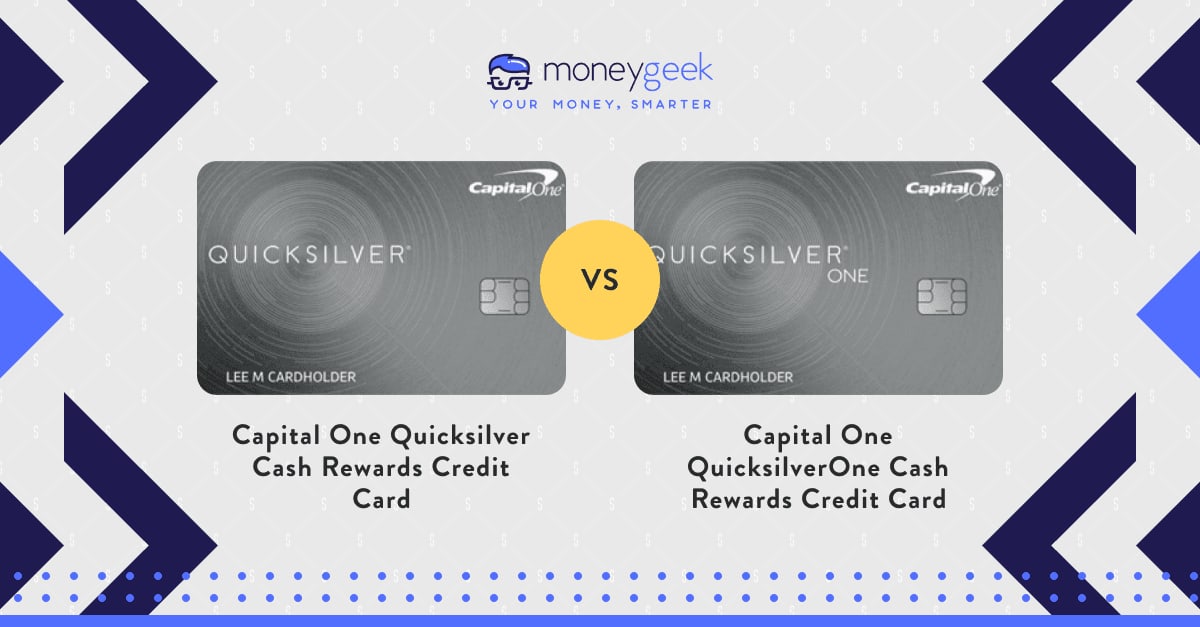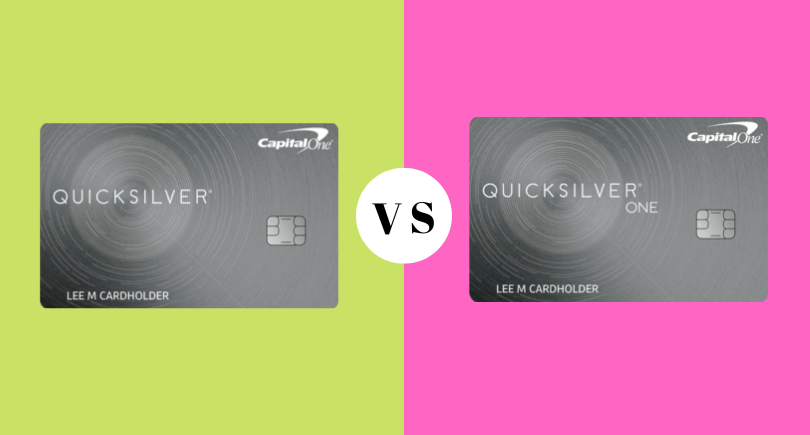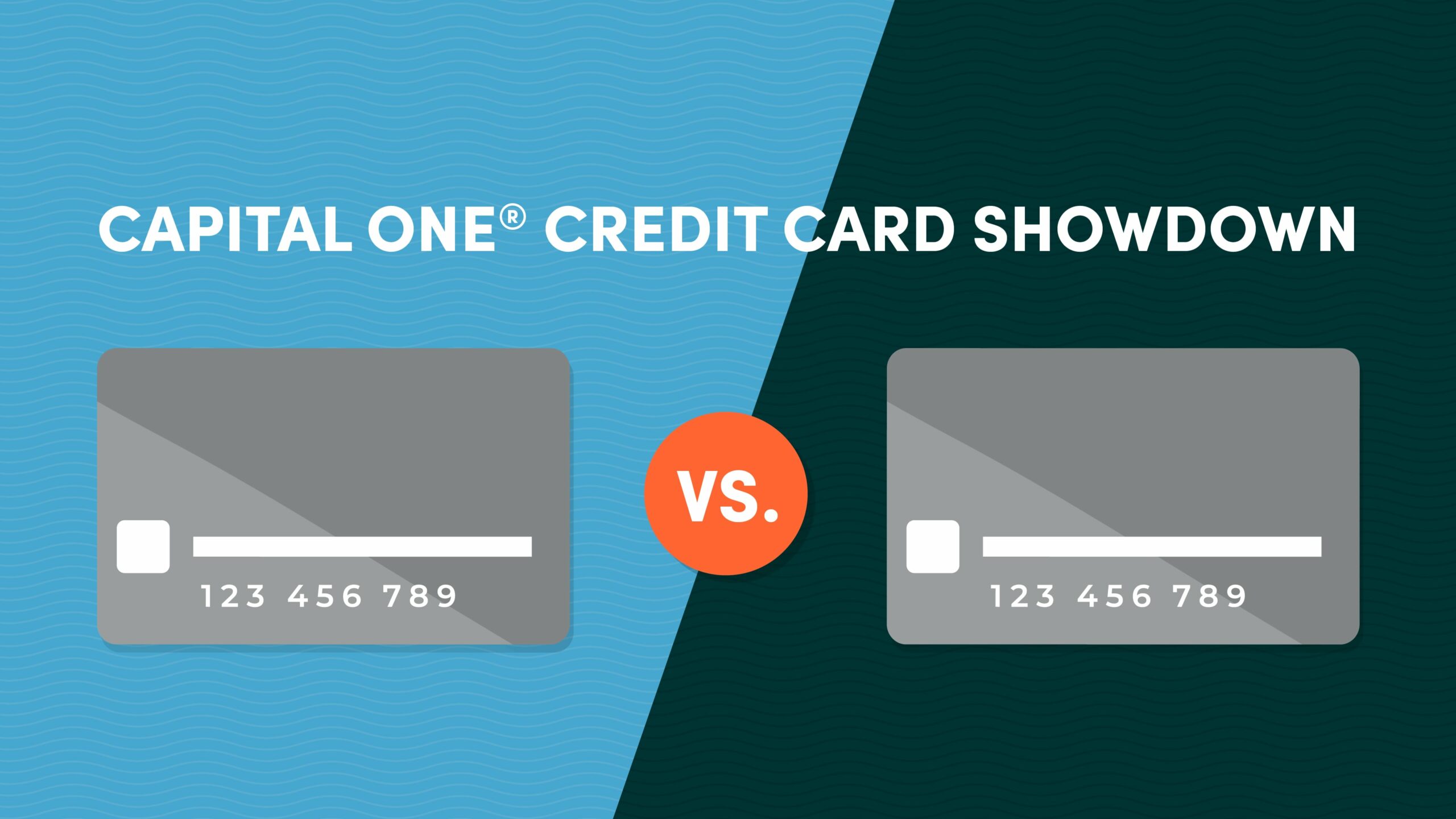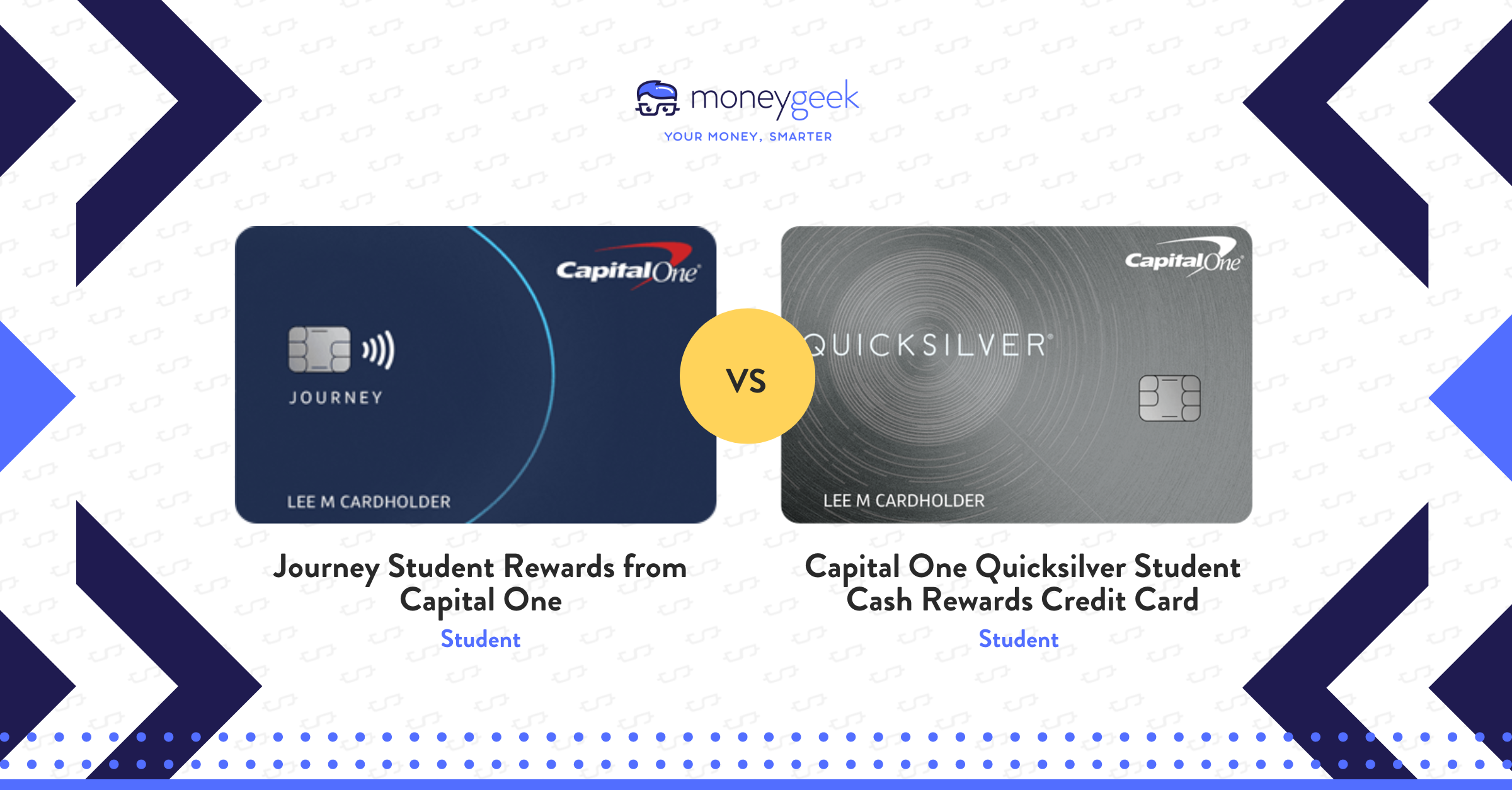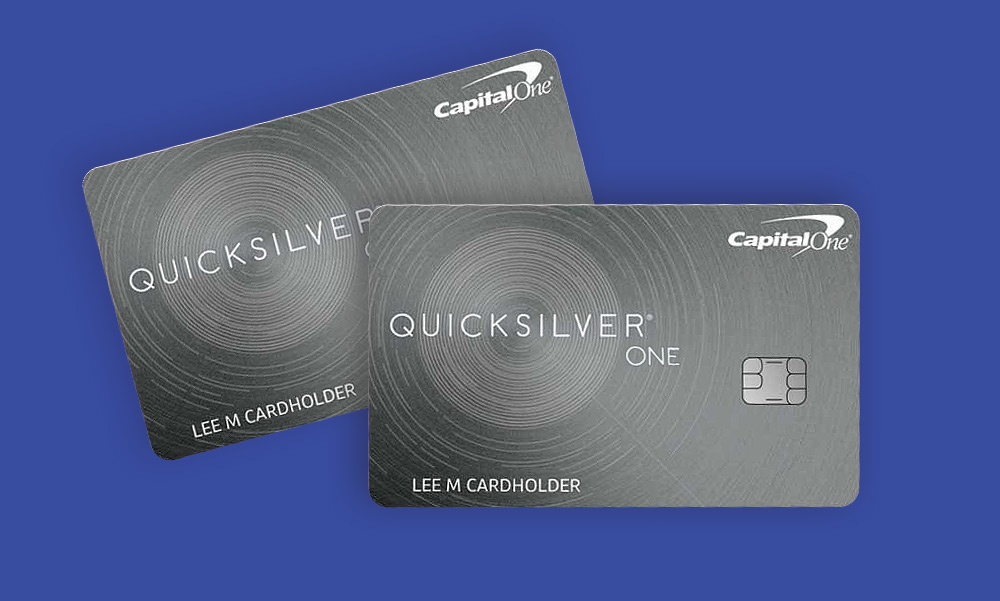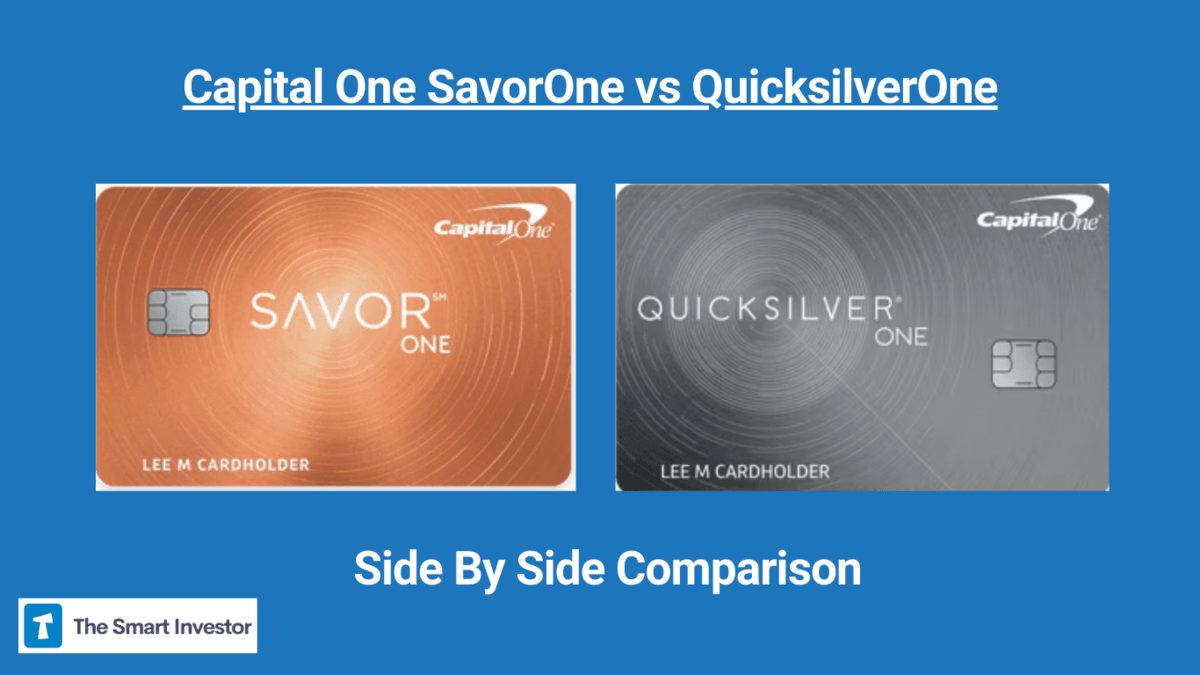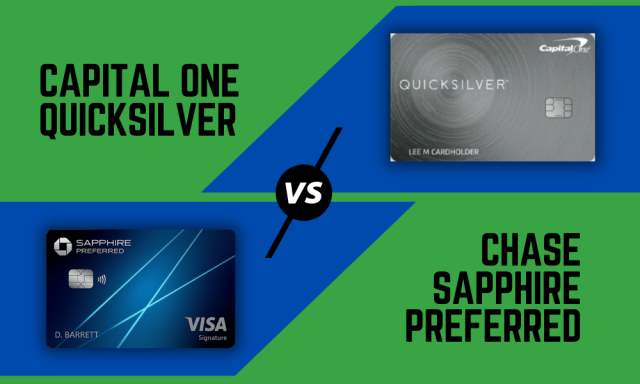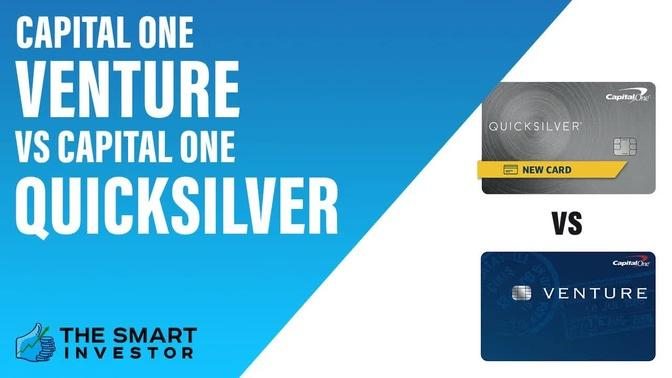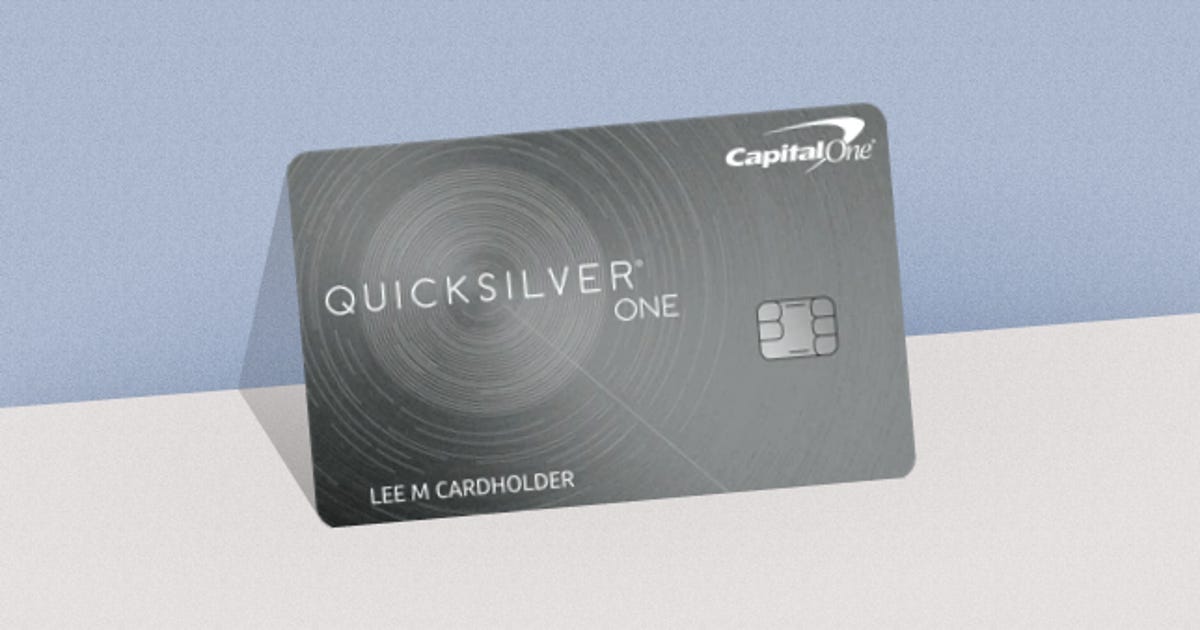Capital One Quicksilverone Vs Quicksilver

Choosing the right credit card can be a daunting task, especially when comparing similar offerings from the same issuer. Capital One, a major player in the credit card market, offers two cards that often cause confusion: the Quicksilver and the QuicksilverOne.
This article will delve into the nuances of these two cards, outlining their similarities and, more importantly, their key differences to help consumers make informed decisions based on their individual financial situations.
Decoding Capital One's Quicksilver Cards: A Detailed Comparison
Both the Quicksilver and QuicksilverOne cards offer a straightforward rewards structure: a flat-rate cash back percentage on all purchases. This simplicity appeals to many consumers who prefer not to track spending categories or deal with rotating bonus rewards.
However, the devil is in the details, and the differences between these two cards lie primarily in eligibility requirements, fees, and credit-building potential.
The Quicksilver Card: For Those with Good to Excellent Credit
The Quicksilver card is designed for individuals with a good to excellent credit score. As a result, it typically offers more favorable terms, including a potentially lower APR (Annual Percentage Rate) and, crucially, no annual fee.
Cardholders earn a flat rate of 1.5% cash back on every purchase, making it easy to calculate rewards and track earnings. This card is a solid choice for those who want a simple and rewarding credit card experience.
The QuicksilverOne Card: A Credit-Building Tool
The QuicksilverOne card is specifically tailored for individuals with fair credit or those who are new to credit. Unlike its counterpart, the QuicksilverOne card typically carries an annual fee, which can range from $39.
The APR is also generally higher than the Quicksilver card, reflecting the increased risk associated with lending to individuals with less-established credit histories. However, it also offers a flat rate of 1.5% cash back.
Key Differences: Fees, APR, and Credit Requirements
The primary distinguishing factors between the two cards boil down to eligibility and cost. The Quicksilver card requires a higher credit score but offers the benefit of no annual fee.
The QuicksilverOne card is more accessible to those with fair credit but charges an annual fee, and carries a higher APR. These are crucial considerations when deciding which card aligns best with individual needs and financial capabilities.
Impact on Consumers and Society
The availability of both cards caters to a broader spectrum of consumers, providing options for those building credit and those with already established credit histories. By offering a card specifically for individuals with fair credit, Capital One contributes to financial inclusion.
The accessibility of credit, even with higher interest rates and fees, can enable individuals to manage expenses, build a credit history, and eventually qualify for more favorable financial products.
However, it's essential for consumers to carefully evaluate the costs associated with the QuicksilverOne card and to prioritize responsible credit management to avoid accumulating debt.
Making the Right Choice
The choice between the Quicksilver and QuicksilverOne cards depends entirely on the individual's creditworthiness and financial goals. If you have good to excellent credit, the Quicksilver card is the clear winner with its no annual fee and potentially lower APR.
If you are working to build or rebuild your credit, the QuicksilverOne card can serve as a valuable tool, provided you use it responsibly and pay your bills on time. Before applying, it is crucial to check your credit score and compare the terms and conditions of both cards to make an informed decision.


